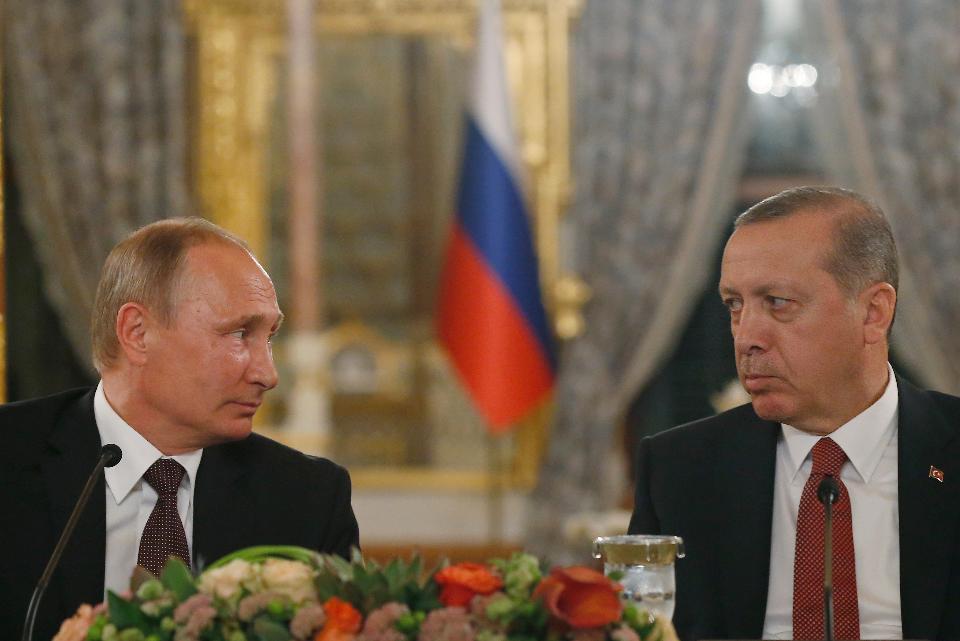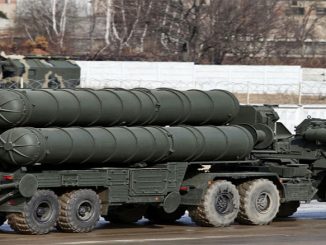
On the stock side of the equation, it’s impossible to say whether the pipeline is good for Gazprom’s share price, because the stock hasn’t been over $5 since April.
The deal is good for Turkey. It is not so good for Ukraine and Bulgaria, who will lose out now that the South Stream pipeline is no longer needed. Bulgaria was going to collect transit revenues from that deal.
“Turkish Stream hurts Ukraine because it deprives them of the trans-Balkan route that supplied Turkey via Ukraine, Moldova, Romania and Bulgaria. So it also deprives Bulgaria, Moldova and Romania of transit fees. Bulgaria is even more unhappy than the others of course since South Stream is dead,” says Sijbren de Jong, an energy sector strategist at the Center for Strategic Studies in The Hague.
It’s unlikely to be a full house, however.
The third and fourth line of the Turkish Stream are “hopelessly unrealistic,” writes de Jong in an op-ed published on Monday by the Royal United Services Institute in the U.K. The reason: there not enough demand for gas in the region to support the construction of all those pipelines.
This month’s agreement means the two sides are now committed to the construction of two pipelines. One would serve the Turkish domestic market, and the other would extend into southeastern Europe, replacing the old South Stream proposal with the Italian oil major Eni. Details of any pricing agreement remain elusive.
Turkish Stream doesn’t only irk Ukraine, and take away potential revenues from Bulgaria. It also may outsmart Iran and other gas producers further south.
“Russia knows it needs to use the surplus from the second pipeline to pre-empt future deliveries from Azerbaijan, and maybe even Turkmenistan and Iran,” de Jong says.
Article by: Kenneth Rapoza on Fobres



